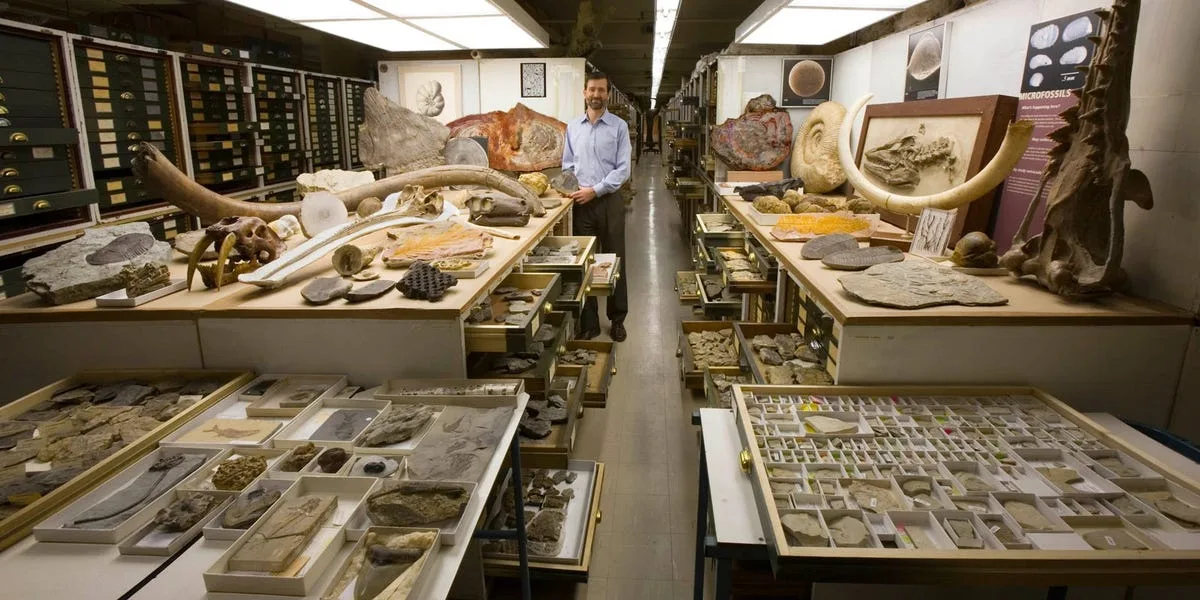The Smithsonian’s Controversial Brain Collection: Unearthing a Dark Chapter in History
The Smithsonian’s Controversial Brain Collection
In a recent investigation by The Washington Post, it was revealed that the Smithsonian Institution had collected hundreds of brains without the consent of the individuals or their families. The brains, obtained primarily in the early 1900s, were often taken for eugenics research and to support baseless theories about racial differences. Many of the brains were taken from Black people, with the assistance of local hospitals and doctors.
A Shocking Discovery
According to The Washington Post’s investigation, the brains were collected by anthropologist Ales Hrdlicka, who collaborated with local doctors and hospitals to build his “racial brain collection.” By the time the collection was complete, it consisted of nearly 300 brains from around the world. Alarmingly, 48 of these brains were taken from Black individuals, accounting for a disproportionate number of the Black population in the Washington DC area at that time.
Ethical Considerations and Rectification
It is now recognized that the collection of human remains without consent raises significant ethical concerns, a perspective that has evolved over time. In a post by historian and Smithsonian Institution secretary, Lonnie Bunch III, the museum acknowledged the wrongs committed and pledged to rectify the situation. The institution stated that most of the remains were obtained without the proper consent of the individuals, their close relatives, or their tribal communities. The Smithsonian is dedicating a task force to develop recommendations for the collection and addressing the issue.
The Path to Repatriation
Repatriating the remains poses a complex challenge. The Smithsonian must rely on limited records to identify the individuals and their surviving relatives or descendant communities. In cases where direct descendants cannot be identified, the institution is committed to working with descendant communities to ensure a standardized and ethical return and repatriation process. The passage of the National Museum of the American Indian Act in 1989 has already facilitated the repatriation of thousands of other remains, providing a pathway for resolving this issue.
Conclusion
The revelation of the Smithsonian’s controversial brain collection shines a light on a dark chapter in history. The unethical acquisition of these brains reflects misguided eugenics research and demonstrates the need for heightened ethical standards in scientific practices. The Smithsonian’s commitment to rectifying the wrongs and repatriating the remains is an important step towards acknowledging the harms inflicted upon the individuals and their communities. It is crucial to ensure that such practices are never repeated and that we learn from the mistakes of the past.







